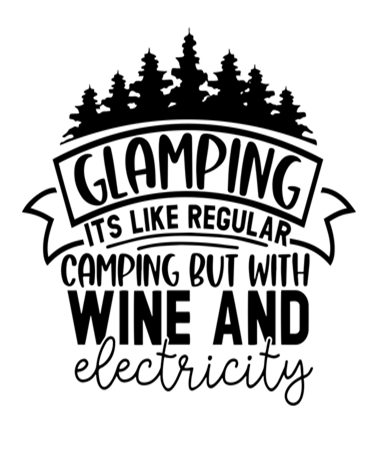 The Rising Trend of Prefab Homes in the Glamping Industry
Aug 15, 2023
The Rising Trend of Prefab Homes in the Glamping Industry
Aug 15, 2023
In recent years, the glamping (glamorous camping) industry has witnessed a remarkable transformation, evolving from traditional camping experiences into luxurious and comfortable escapes. One significant innovation that has contributed to this evolution is the emergence of prefab homes, which have seamlessly integrated into the glamping landscape. This blog explores the intriguing fusion of prefab homes with the glamping industry, highlighting the benefits, trends, and the promising future of this partnership.
Prefab Homes: A Brief Overview
Prefab, short for "prefabricated," refers to the construction method where components of a structure are manufactured off-site in a controlled environment and then transported to the final location for assembly. Prefab homes have gained popularity worldwide due to their efficiency, sustainability, and design flexibility. With advancements in technology and construction techniques, prefab homes now offer a wide array of designs, sizes, and amenities.
The Glamping Phenomenon
Glamping, a portmanteau of "glamorous" and "camping," has grown into a global trend, attracting travelers seeking unique outdoor experiences without sacrificing comfort. This niche has evolved beyond traditional tents to encompass luxurious accommodations that blend nature with modern amenities. The demand for eco-friendly and aesthetically pleasing accommodations has driven the glamping industry to explore innovative solutions.
Prefab Homes Meet Glamping
The marriage of prefab homes and the glamping industry has led to a revolution in outdoor accommodations. Here's how prefab homes are making their mark in the world of glamping:
Speedy Installation: Prefab homes can be assembled quickly, allowing glamping operators to set up accommodations in a fraction of the time compared to traditional construction. This ensures that guests can enjoy their glamorous camping experience sooner.
Customization: Mobile prefab homes offer a plethora of customization options, allowing glamping entrepreneurs to create unique and visually appealing structures that harmonize with the natural surroundings. This level of personalization enhances the overall glamping experience.
Sustainability: Many prefab homes are designed with sustainable materials and energy-efficient features, aligning perfectly with the eco-conscious ethos of glamping. This sustainability factor resonates with environmentally aware travelers seeking responsible travel options.
Amenities and Comfort: Prefab homes can be equipped with modern amenities, including comfortable bedding, private bathrooms, heating/cooling systems, and even full kitchens. This elevated comfort level caters to travelers accustomed to luxury while maintaining a connection with nature.
Versatility: From cozy cabins nestled in the woods to sleek, futuristic pods overlooking scenic vistas, prefab homes offer endless possibilities for glamping operators to curate diverse and captivating experiences.
Trends and the Future
The integration of prefab homes in the glamping industry shows no signs of slowing down. As this partnership continues to evolve, several trends are emerging:
Architectural Innovation: Creative designs and architectural innovation are at the forefront of prefab glamping structures. Designers are pushing the boundaries to create visually stunning accommodations that redefine outdoor living.
Off-the-Grid Living: Many prefab glamping homes are designed for off-the-grid living, incorporating renewable energy sources and self-sustaining systems. This trend resonates with travelers seeking immersive nature experiences.
Collaborations and Partnerships: Collaboration between prefab home manufacturers, designers, and glamping operators is leading to extraordinary and unique accommodations that cater to diverse preferences and locations.
The convergence of prefab homes and the glamping industry has elevated outdoor accommodations to new heights. With their blend of comfort, sustainability, and design ingenuity, prefab glamping structures are redefining the way travelers experience the great outdoors. As this trend continues to gain momentum, the future of glamping holds exciting prospects for both adventurous travelers and innovative entrepreneurs alike. So, whether you're a wanderlust-filled traveler seeking a luxury camping escape or an entrepreneur looking to create a memorable glamping destination, keep an eye on the fascinating evolution of prefab homes in the glamping industry. Your next outdoor adventure might just be a prefab structure away.

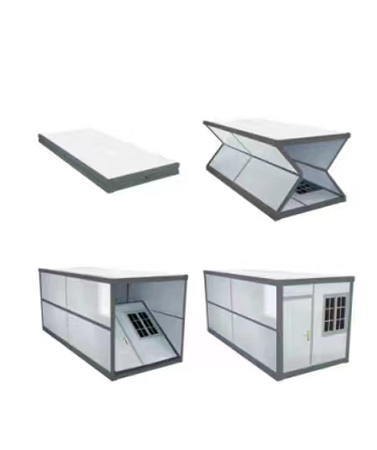 Revolutionizing Living Spaces: Expandable Container House Projects
Dec 22, 2023
Revolutionizing Living Spaces: Expandable Container House Projects
Dec 22, 2023
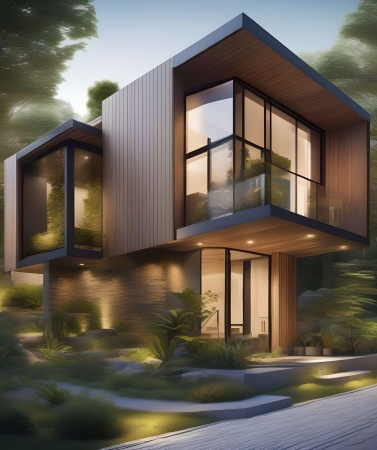 Building a Greener Future: Embracing Sustainable Building Materials
Nov 28, 2023
Building a Greener Future: Embracing Sustainable Building Materials
Nov 28, 2023
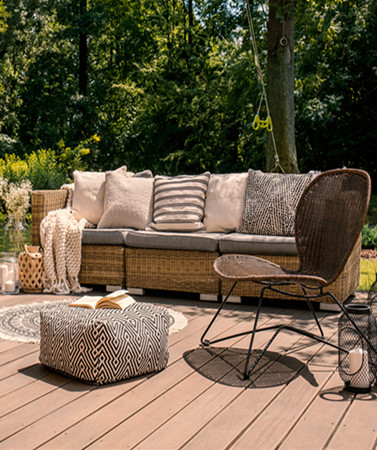 PVC Decking Applications
Nov 01, 2023
PVC Decking Applications
Nov 01, 2023
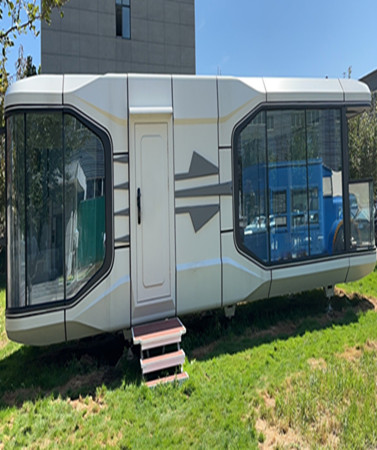 The Future of Living: Prefab Homes – Your Very Own Space Capsule!
Oct 19, 2023
The Future of Living: Prefab Homes – Your Very Own Space Capsule!
Oct 19, 2023
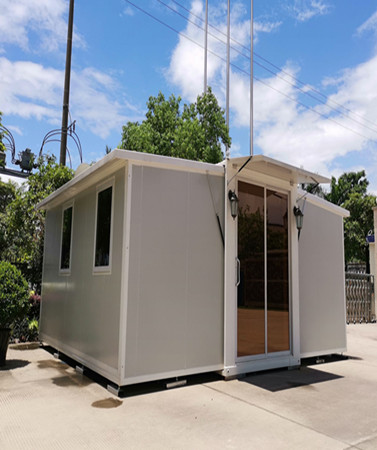 The Future of Eco-Friendly Living: 20 ft. Expandable Container Homes
Oct 19, 2023
The Future of Eco-Friendly Living: 20 ft. Expandable Container Homes
Oct 19, 2023
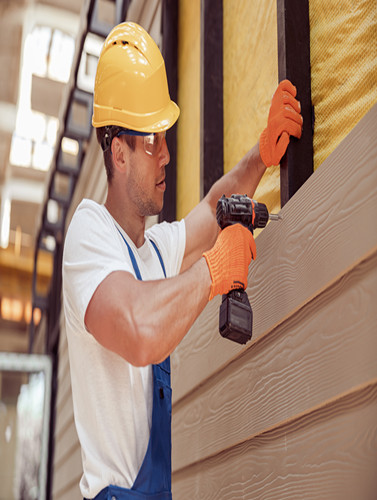 Ensuring Safety and Compliance: Fiber Cement Siding Installation
Sep 15, 2023
Ensuring Safety and Compliance: Fiber Cement Siding Installation
Sep 15, 2023
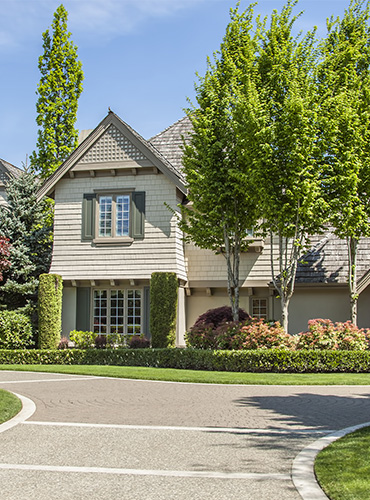 Creating Stylish Interiors with Fiber Cement Board Plain Color Series: Tips for Mixing and Matching Colors
Sep 07, 2023
Creating Stylish Interiors with Fiber Cement Board Plain Color Series: Tips for Mixing and Matching Colors
Sep 07, 2023
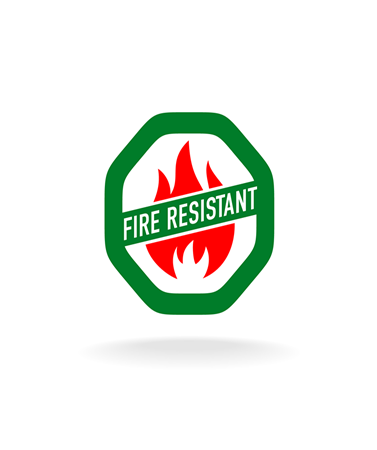 A Global Perspective: Fire-Resistance Ratings of Fiber Cement Boards
Aug 23, 2023
A Global Perspective: Fire-Resistance Ratings of Fiber Cement Boards
Aug 23, 2023
 The Rising Trend of Prefab Homes in the Glamping Industry
Aug 15, 2023
The Rising Trend of Prefab Homes in the Glamping Industry
Aug 15, 2023
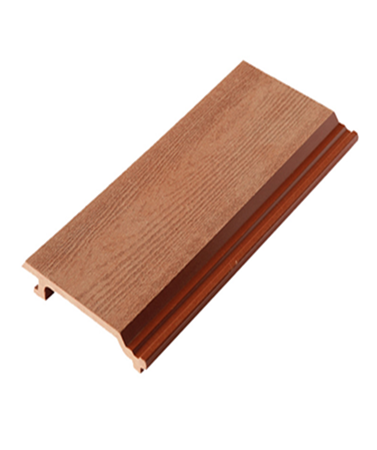 Unlocking the Future: Exploring the Uncharted Territory of WPC
Aug 08, 2023
Unlocking the Future: Exploring the Uncharted Territory of WPC
Aug 08, 2023
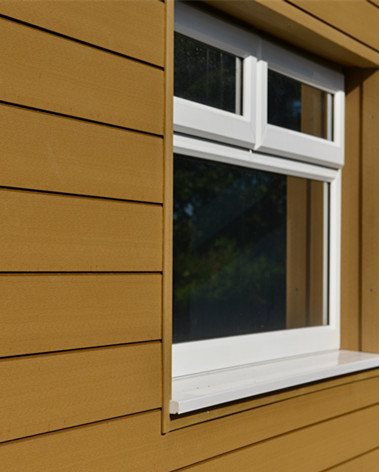 Enhancing Aesthetics and Durability: The Wonders of WPC Exterior Wall Cladding
Jul 25, 2023
Enhancing Aesthetics and Durability: The Wonders of WPC Exterior Wall Cladding
Jul 25, 2023
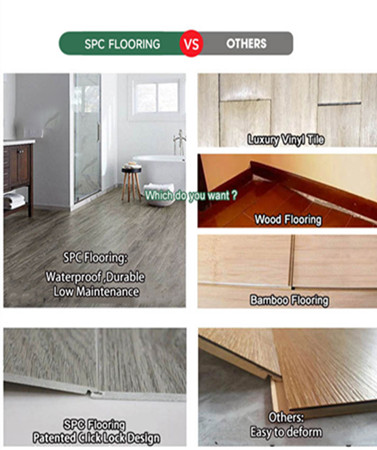 SPC Flooring vs. WPC Flooring: A Comprehensive Comparison
Jul 20, 2023
SPC Flooring vs. WPC Flooring: A Comprehensive Comparison
Jul 20, 2023